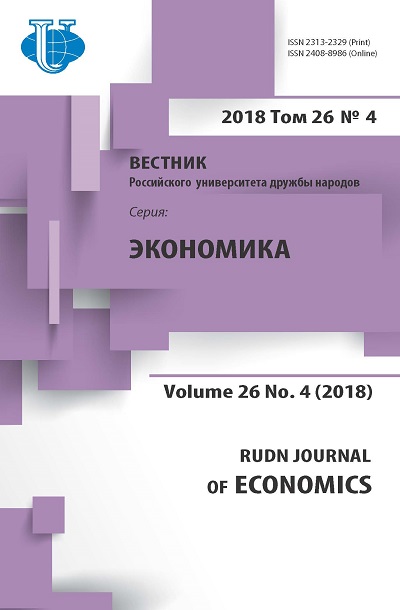Abstract
We substantiated the uniqueness of recreational agglomerations as a separate functional type and considered features of the process of urbanization in recreational areas with a secondary type of appearance of recreational functions. It is spoken in detail about existing scientific literature on the problems and indicated the existing “white spots” which requiring deeper scientific study. The main methodological principles are indicated, on the basis of which a subsequent deep analysis of the process of agglomeration in recreational areas was carried out. The peculiarities of the urbanization process in recreational areas with the secondary type of recreational functions appearance are considered. Basis on this we presented the author’s scheme which reflects the evolution of the urbanization process in the recreational area. The much attention is given to interrelations between the rapid development of recreational functions and agglomeration in the region. The author’s scheme of the features of the formation process of the planning structure of recreational settlements is presented, on the basis of which the analysis of the main transformations of the planning structure of coastal recreational cities in the socio-economic conditions characteristic of the historical past of the Russian Federation was carried out. We studied the main problems and internal conflicts of recreational agglomerations as complex polyfunctional systems. The nature and sources of hotbeds of tension in urban recreational centers are considered, on the basis of which their classification is derived. After we presented a detailed analysis of the identified types of conflicts and gives examples of hotbeds typical for large urban recreational centers. Based on the selected types, we give some recommendations aimed at overcoming the main problematic situations of recreational agglomerations in conclusion we indicated the possibilities of alternative ways of development of the urbanization process in recreational areas, which allow to prevent a high level of social tension in the system of settlement of recreational areas.















